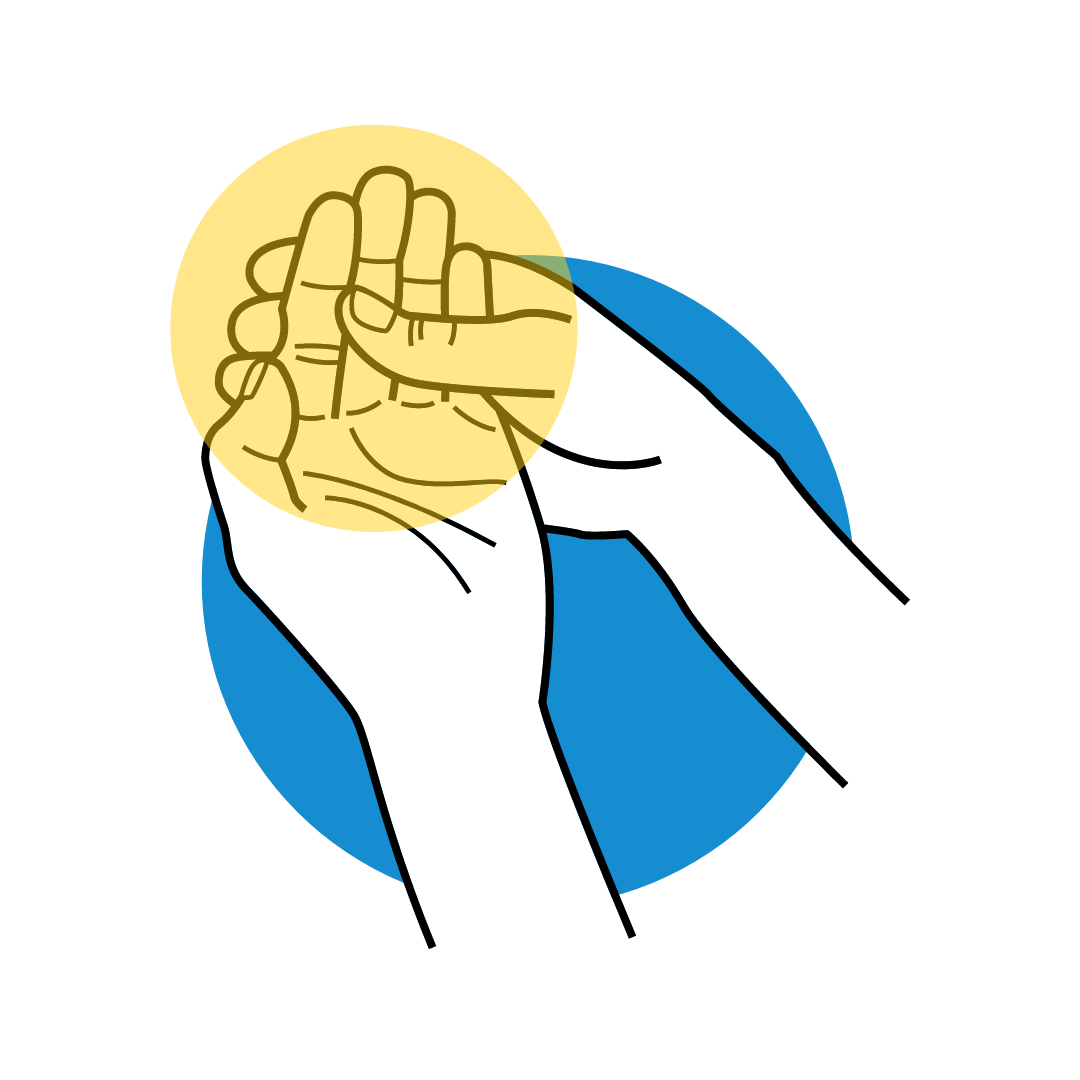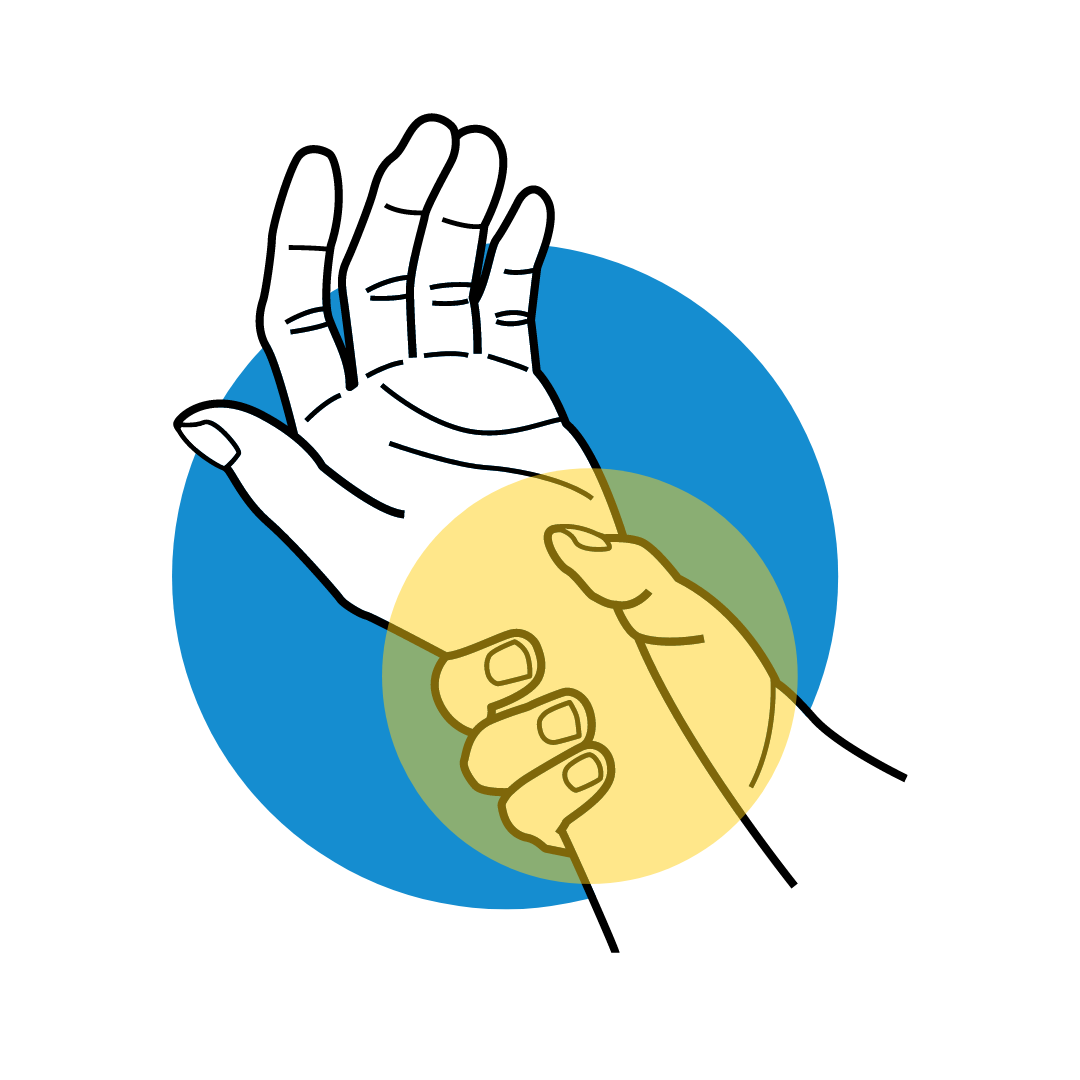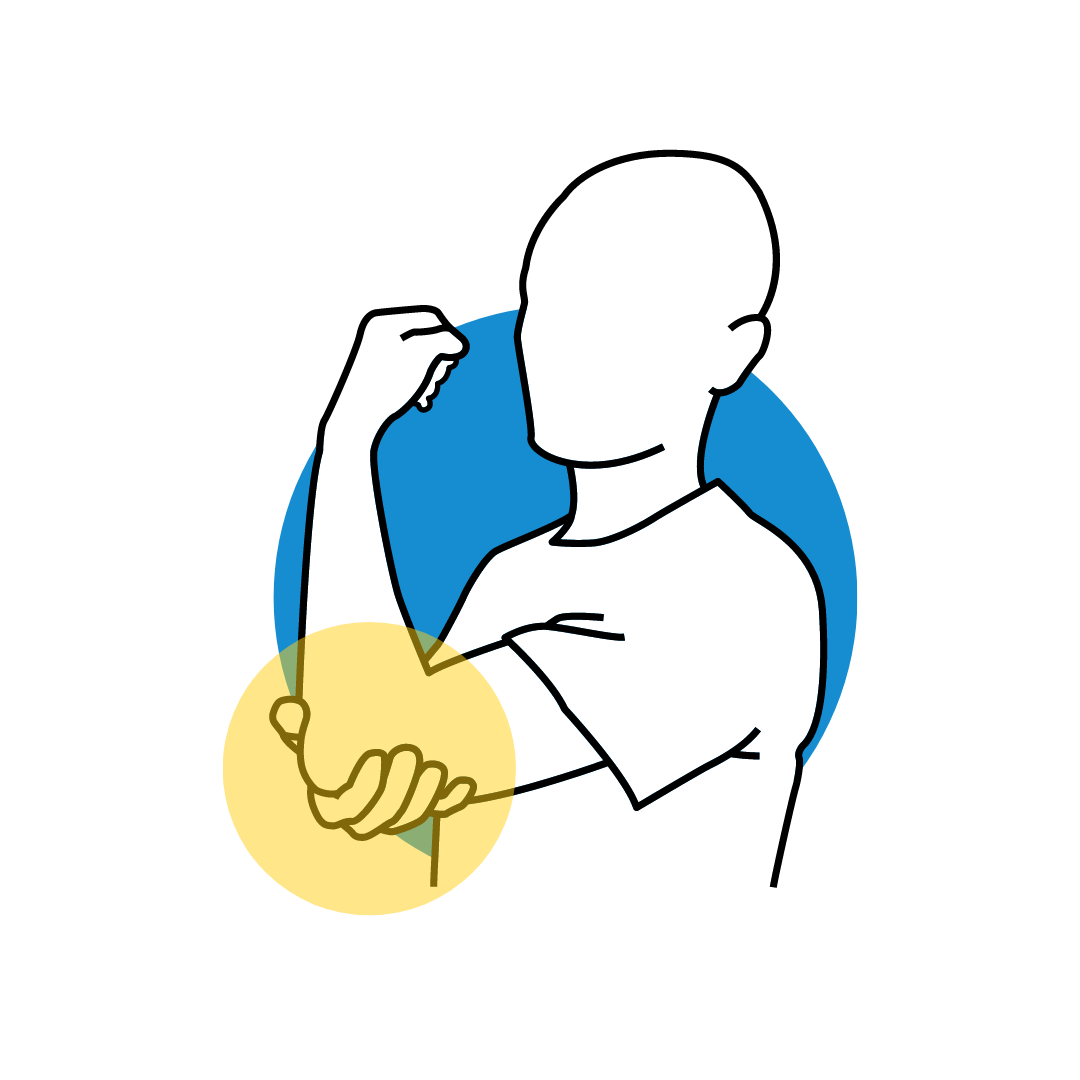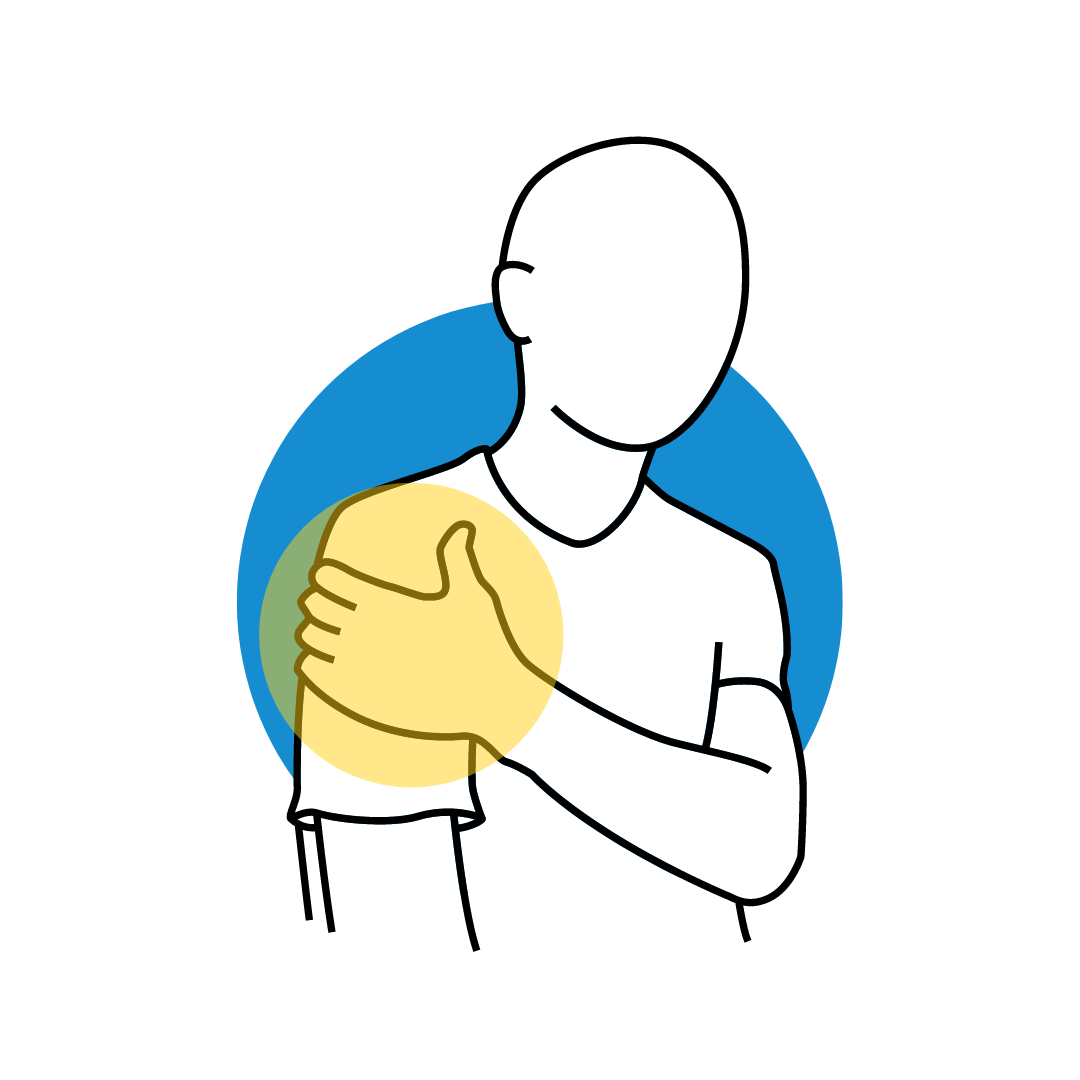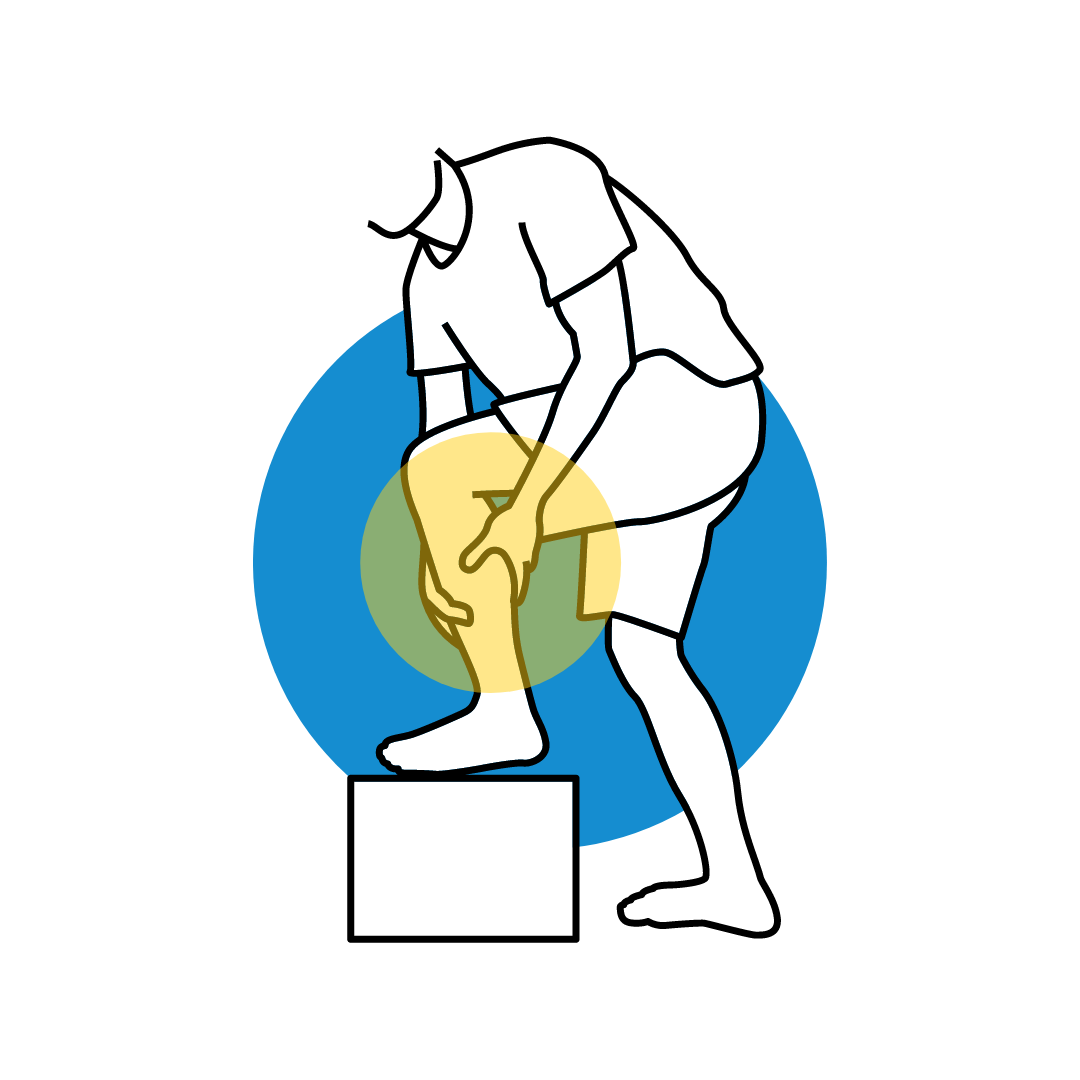Locking fingers, also known as trigger fingers, is a condition that affects the tendons in your fingers, which can lead to limited finger movement. It can impact any of your ten fingers, including your thumbs. The condition involves the long tendons in the hands called the flexor tendons, which extend from the wrist and attach to the bones in your hands. When you bend or straighten your finger, the flexor tendon slides through a tunnel, called the tendon sheath, that keeps the tendon in place.
At Mirza Orthopedics, the premier orthopedic hand, wrist, elbow & shoulder center on Long Island, we specialize in treating the underlying causes of locking fingers in order to restore proper function to your hands. The first step to getting trigger (locking) finger treatment is scheduling a consultation with our Long Island hand specialists. Dr. Ather Mirza and Dr. Justin Mirza are committed to getting patients back to their active lives with better results and less downtime, utilizing the latest surgical and non-surgical advanced orthopedic locking fingers treatments. Book an appointment with our trigger finger specialists using the form on this page.
What causes locking fingers (trigger finger)?
Locking fingers are caused when the flexor tendon in one or more fingers becomes irritated, making it harder for the tendon to slide smoothly through the tendon sheath tunnel. As a result, the tendon gets stuck at the mouth of the tunnel when you try to straighten your finger. Once the tendon is able to slip through, the affected finger will suddenly shoot straight out.
There’s no singular, underlying cause attributed to developing this condition, but in some cases, trigger finger may appear after participating in activities that strain the hand.
You may be more likely to develop locking fingers if:
- You are a female
- You are between the ages of 40 and 60
- You rely heavily on your hands for extended periods of activity
- You have other medical conditions including rheumatoid arthritis and diabetes
What are the symptoms of locking fingers (trigger finger)?
If you have trigger finger, you will likely experience:
- Pain when bending or straightening the affected finger(s)
- The sensation of locking, catching or popping in the affected finger(s)
- A tender lump in your palm
- Swelling
- Pain that worsens after long periods of use
- Stiffness after periods of inactivity (e.g. when you wake up in the morning)
- Difficulty straightening the affected finger(s)
- Reduced or limited finger movement
If you’re suffering from any of the above symptoms, schedule an appointment with one of our trigger finger specialists for treatment and relief.
What does trigger (locking) fingers treatment entail?
For some patients, locking fingers treatment may involve conservative measures, such as:
- Resting
- Wearing a finger splint
- Taking anti-inflammatory medications
- Getting steroid injections
- Trigger finger exercises
Conservative trigger finger treatment may be effective at providing symptom relief. However, if these treatment options are not successful or if your condition has progressed to the point where your finger is stuck in a bent position, our orthopedic trigger finger doctors may recommend surgery for trigger finger. The surgery, known as a trigger finger release, involves enlarging the tendon sheath opening so that the flexor tendon is able to slide through with ease.
If you are suffering from locking fingers, it’s important to see an orthopedic hand specialist in Long Island that is experienced in treating this condition. Whether you recently developed symptoms of this condition or you have already tried conservative locking fingers treatments without improvement, Mirza Orthopedics is here to help. We offer a wide range of options in trigger finger treatment. Contact our office today to schedule an appointment.

